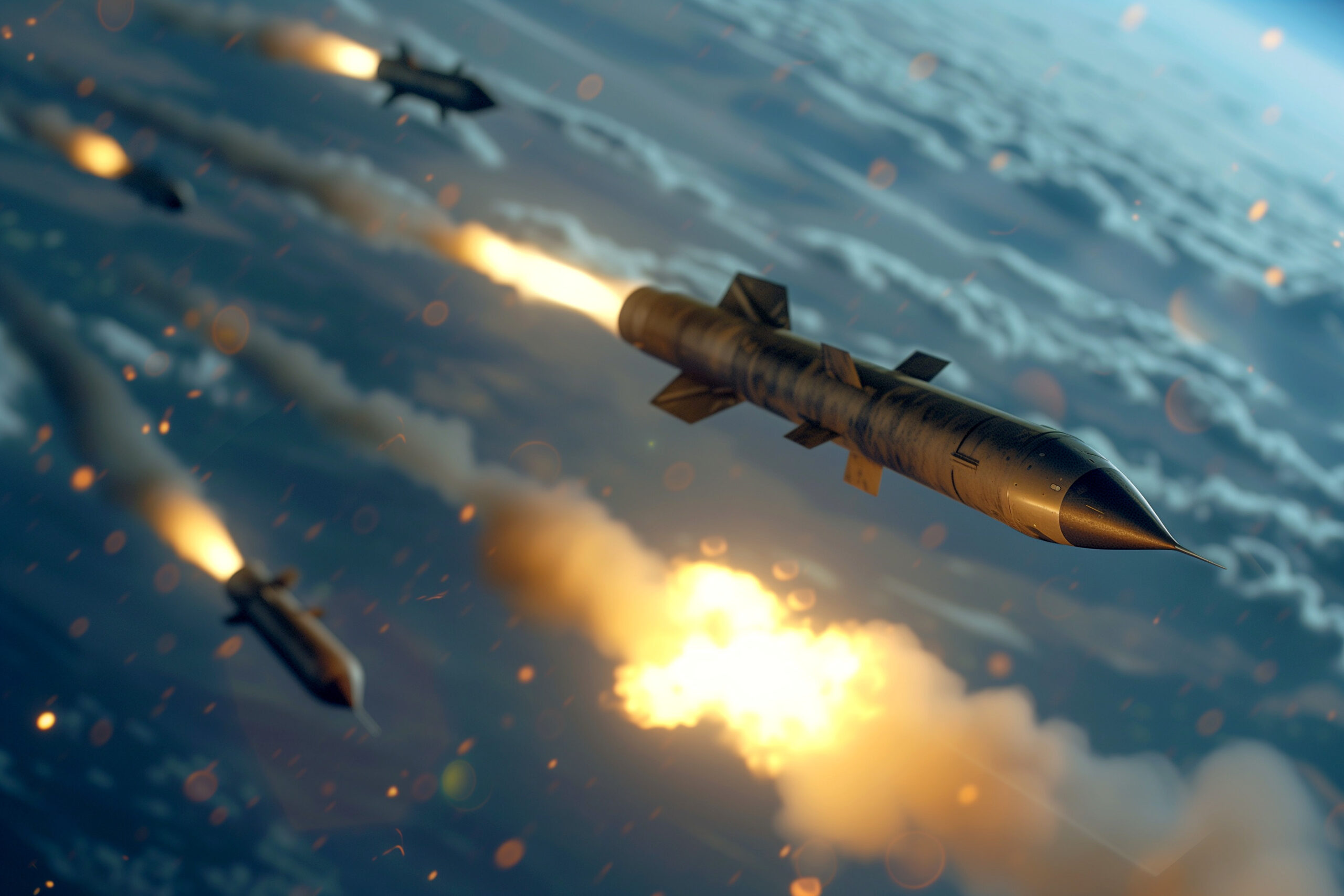Updated 31. January 2025 by Sören Spieckermann
In Battletech Alpha Strike gibt es mehrere grundlegende Strategien, die dir helfen können, ein Gefecht effektiv zu absolvieren. Diese grundlegenden Strategien hängen von deiner Spielweise, den Einheiten in deiner Armee, der Mission und dem Gelände ab. Hier sind einige der wichtigsten Ansätze:

1. Focused fire (Focus Fire)
- Strategy: Concentrate the fire of several units on a single target to eliminate it quickly.
- Objective: Reduce opposing forces early on and minimize their impact.
- Advantage: Individual destroyed units can no longer put up any resistance.
- Note: Make sure that the unit you focus on also plays an important role in the opponent’s plan (e.g. a commander or a fire support mech).
2. Flank attacks
- Strategy: Use fast or mobile units to bypass the enemy’s flanks and attack their vulnerable units.
- Objective: Attack heavy fire support or command units that are poorly protected.
- Advantage: Flank attacks can break up the opponent’s formation and force them to make mistakes.
- Note: Plan your movements so that the units use cover and remain difficult to reach.
3. Control of the site
- Strategy: Use the terrain to block enemy lines of fire, seek cover or control strategic points (e.g. mission objectives).
- Objective: Create advantages through terrain and restrict enemy movements.
- Advantage: Units in cover can survive longer and fire more effective shots.
- Note: Higher terrain positions often give you better lines of sight and therefore advantages when firing.
4. Creation of a center of gravity (overwhelming force)
- Strategy: Concentrate your strongest units on a limited area of the battlefield to gain the upper hand there.
- Objective: Create local superiority and break the opponent there.
- Advantage: Can completely eliminate an enemy flank or unit.
- Note: This strategy can leave your flanks vulnerable – make sure other areas are protected. One possible unit deployment tactic can be the skewed battle formation.
5. Hit-and-run (hit and pull back)
- Strategie: Setze schnelle Einheiten ein, um den Gegner anzugreifen und dich danach wieder aus seiner Reichweite zu bewegen. Bzw. nutze indirektes Feuer um den Gegner zu treffen, ohne eigenen Beschuss fürchten zu müssen.
- Objective: To inflict damage while protecting your units from counterattacks.
- Advantage: Particularly effective against slower or heavier units.
- Note: This tactic requires good planning of movement range and initiative.
6. Long-range fire (long-range fire)
- Strategy: Use units with powerful long-range weapons to keep the enemy at a distance and cause continuous damage.
- Objective: To wear down the opponent before he reaches his effective range.
- Advantage: Ideal for damaging heavily armored units from a distance.
- Hinweis: Positioniere deine Fernkampfeinheiten in sicherer Deckung für indirektes Feuer. Halte mobile Nahkämpfer bereit, um den Gegner fernzuhalten.
7. Support by combined forces (combined arms)
- Strategy: Use a mix of mechs, vehicles and infantry to make the most of each unit’s strengths. Or use Battlefield Support options such as artillery.
- Objective: Flexibility on the battlefield and better adaptation to the mission.
- Advantage: Vehicles and infantry can take on tasks that mechs cannot perform efficiently (e.g. terrain control, rapid advances).
- Note: Protect your vulnerable units (such as infantry) from enemy fire.
8. Attrition (Attrition Warfare)
- Strategy: Try to engage your opponent in a protracted battle to continuously deprive them of resources and units.
- Objective: To weaken the opponent in the long term, even if you take losses yourself.
- Advantage: Effective against opponents with many weakly armored units.
- Note: This strategy can be risky if your own resources are limited.
9. Mission goal orientation
- Strategy: Concentrate on completing the mission objectives instead of destroying the enemy completely.
- Objective: Secure points or fulfill specific conditions to win the game.
- Advantage: Even if your opponent is stronger, you can still win through clever positioning and movement.
- Note: Read the mission conditions carefully and plan your movements accordingly.
Conclusion
A successful strategy in Battletech Alpha Strike depends heavily on the synergy between your units, the mission objective and your tactical planning. It often makes sense to combine several of these strategies in order to react flexibly to your opponent’s actions. Try out different approaches to these basic strategies to find out which best suits your style of play!
Difference between strategy and tactics
The difference between strategy and tactics in military technology (and in the military context in general) lies primarily in the time horizon, the scope of the objectives and the level of planning. Here is a detailed explanation:
Strategy: The overall direction
- Definition: Strategy refers to the long-term planning and overall framework of a military operation or war. It determines how the overarching objectives of a conflict are to be achieved.
- Objective: Victory in war or the achievement of political and military end goals (e.g. the destruction of enemy forces, securing a territory).
- Features:
- In the long term and on a large scale.
- Deals with the optimal use of resources such as troops, weapons, logistics and other factors.
- Includes decisions on where and how troops are deployed (e.g. opening a new front section, blockade of sea routes, alliance formation).
- Example:
- The Allies’ strategy in the Second World War was to wear Germany down by opening up several fronts (e.g. the Normandy landings) and to force Japan to surrender by island hopping and atomic bombing.
Tactics: The detailed implementation
- Definition: Tactics deals with the short-term planning and concrete execution of military actions at the level of a battle.
- Objective: To defeat the enemy in a specific situation or battle and support strategic objectives.
- Features:
- In the short term and on a small scale.
- Refers to the specific use of troops, vehicles, weapons and terrain.
- Includes maneuvering, attacking, defending and using technology to gain the greatest advantage at a given moment.
- Example:
- At the Battle of Austerlitz, Napoleon used a tactic to mislead his opponent with a supposed retreat before regrouping his troops and launching a decisive counterattack.
Connection between strategy and tactics:
- Strategy determines the overall plan, while tactics are the execution of individual steps within this plan.
- Without a good strategy, successful tactics are often ineffective because they do not work towards an overarching goal. Likewise, a good strategy will fail if the tactic is poorly executed.
A comparison:
- Strategy: “How do I win the war?”
- Tactics: “How do I win this battle?”
Underlying rules
| Topic | Rulebook | Comment |
|---|---|---|
| Strategies and tactics | This is generally independent of which rules you play by. However, some strategies work better with the extended rules of the Commander’s Edition. For example, the “Long-Range Fire” strategy only becomes really interesting if you also use indirect fire. The “Terrain Control” strategy becomes interesting if you play with the extended rules for terrain and environmental conditions from the Commanders Edition. | |
| Indirect fire | BattleTech Alpha Strike Commander’s Edition Version 7 – Page 41 | |
| Indirect fire | Quick start rules | The Quick Start rules do not really deal with indirect fire. If you want to use it, you should play according to the Commander’s Edition rules. |
| Forest | BattleTech Alpha Strike Quick Start Rules | There is only one type of forest in the Quick Start rules. This corresponds to the light forest from the Commander’s Edition. |
| Light/medium/dense forest | BattleTech Alpha Strike Commander’s Edition Version 7 -Page 136/137 | Forest differentiation into light, medium and dense forest. |
| Environmental conditions | BattleTech Alpha Strike Commander’s Edition Version 7 -Page 61 |



